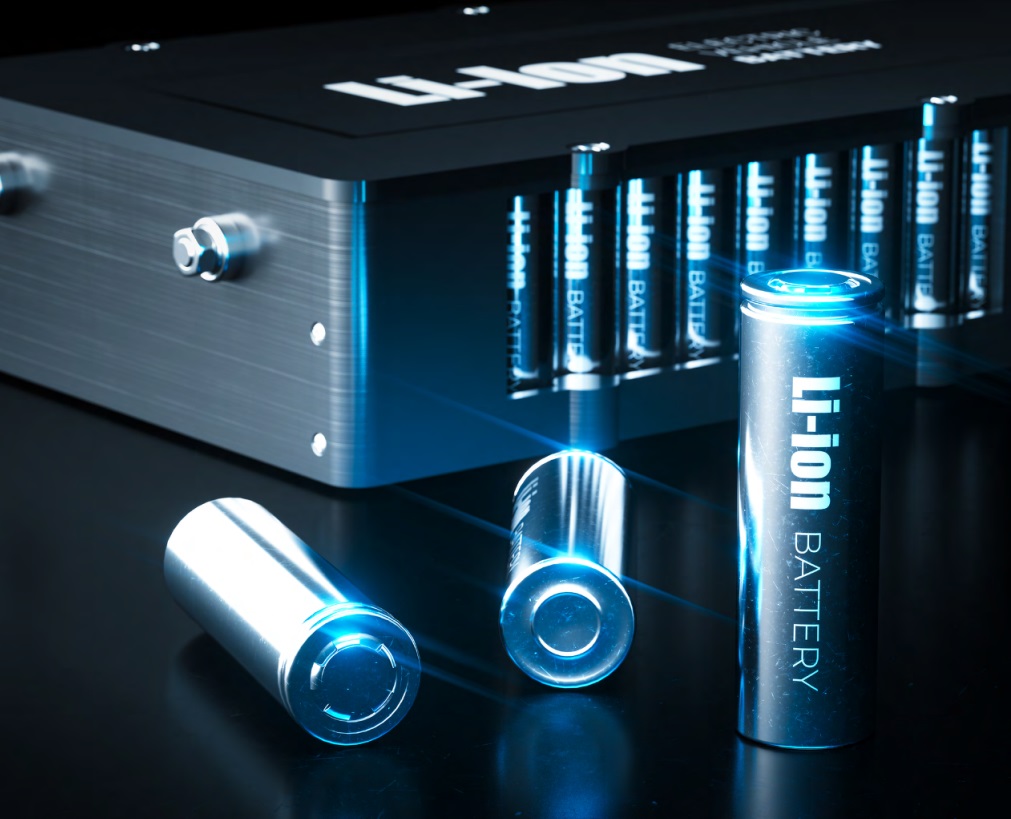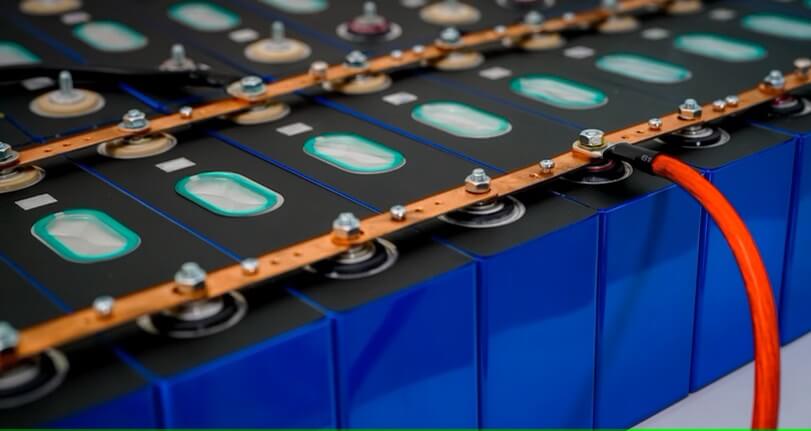In the frigid depths of winter, ensuring your vehicle starts reliably is paramount. But when temperatures plummet, batteries can struggle to provide the necessary power. Choosing the right battery for cold weather becomes crucial to avoid being stranded in the chill.
1. Chemical Reactions: Cold temperatures slow down chemical reactions within the battery, reducing the rate at which electrons move between electrodes.
2. Electrolyte Viscosity: The electrolyte in batteries thickens in cold weather, impeding its flow and reducing the battery's ability to deliver power.
3. Internal Resistance: Cold weather increases the internal resistance of batteries, making it harder for them to produce the necessary current for starting an engine.

1. Lead-Acid Batteries:
l Lead-acid batteries, commonly found in vehicles, are particularly susceptible to cold weather performance issues.
l In extreme cold, the electrolyte in lead-acid batteries can freeze, rendering them temporarily or permanently inoperable.
2. Lithium-Ion Batteries:
l Lithium-ion batteries exhibit better cold weather performance compared to lead-acid batteries due to their lower internal resistance.
l However, lithium-ion batteries may experience reduced capacity in very cold temperatures, limiting their ability to deliver power.
3. AGM Batteries:
l Absorbent Glass Mat (AGM) batteries offer improved performance in cold weather compared to traditional flooded lead-acid batteries.
l AGM batteries have lower internal resistance and are less prone to freezing, making them ideal for cold climate applications.
l AGM batteries also have better resistance to vibration and shock, further enhancing their suitability for cold weather use.
1. Traditional Flooded Lead-Acid Batteries:
l Commonly used in vehicles, but prone to freezing in extremely cold temperatures.
l Require regular maintenance, including topping up electrolyte levels and ensuring proper ventilation.
l Can lose significant capacity in cold weather, leading to starting issues.
2. AGM (Absorbent Glass Mat) Batteries:
l Feature a glass mat separator to hold the electrolyte, reducing the risk of freezing.
l Less susceptible to damage from cold weather and provide better performance in low temperatures.
l Maintenance-free and have a longer lifespan compared to flooded lead-acid batteries.

1. Lithium-Ion Batteries:
l Offer superior cold weather performance compared to lead-acid batteries due to lower internal resistance.
l Less affected by cold temperature-induced capacity loss, providing reliable power in cold climates.
l Suitable for use in extreme cold environments, but may experience reduced capacity at very low temperatures.
2. Lithium Iron Phosphate (LiFePO4) Batteries:
l Known for their exceptional cold weather performance and longevity.
l Maintain high capacity and power output even in sub-zero temperatures.
l Resistant to thermal runaway and thermal degradation, ensuring safety in cold weather applications.
1. Deep Cycle Batteries:
l Designed to provide consistent power over extended periods, making them suitable for cold weather applications such as off-grid power systems.
l Available in AGM, gel, and lithium chemistries, offering options for various cold weather conditions.
2. Cold Cranking Amps (CCA) Batteries:
l Specifically engineered for starting applications in cold weather environments.
l Feature enhanced cold cranking performance to ensure reliable engine starts even in freezing temperatures.
l Commonly used in vehicles operating in regions with harsh winter conditions.
1. Hybrid Batteries:
l Combine features of different battery chemistries to optimize performance in cold weather.
l Example: AGM batteries with lithium-ion cells for improved cold weather starting and overall reliability.
2. Dual-Purpose Batteries:
l Designed to provide both starting and deep cycle capabilities, making them versatile options for cold weather use.
l Ideal for applications requiring reliable starting power and sustained performance in cold climates, such as marine vessels and recreational vehicles.
Operating Temperature Range:
l Check the manufacturer's specifications to ensure the battery can withstand the expected minimum and maximum temperatures of your environment.
l Opt for batteries with wider operating temperature ranges for versatility in extreme cold conditions.
Understanding CCA Ratings:
l CCA measures a battery's ability to start an engine in cold temperatures.
l Higher CCA ratings indicate better cold weather performance.
l Choose a battery with CCA ratings suitable for the coldest temperatures you expect to encounter.
Importance of Reserve Capacity:
l Reserve capacity refers to the battery's ability to provide power over an extended period when the alternator fails.
l In cold weather, reserve capacity becomes critical as the battery may need to compensate for reduced alternator output.
l Select batteries with adequate reserve capacity to ensure uninterrupted power supply during cold snaps.
1. Chemical Composition:
l Different battery chemistries offer varying performance in cold weather.
l Lead-acid batteries may struggle in extreme cold, while lithium batteries generally perform better.
l Consider factors such as internal resistance, electrolyte composition, and thermal stability when evaluating battery chemistry.
2. Construction Quality:
l Robust construction is essential for cold weather durability.
l Look for batteries with sturdy casings, secure terminals, and reliable seals to prevent electrolyte leakage and damage from freezing.
Ease of Maintenance:
l Batteries that require minimal maintenance are preferable, especially in cold weather conditions where servicing may be challenging.
l AGM and gel batteries are often maintenance-free, offering convenience and reliability in cold climates.
l Consider the accessibility of terminals and the need for periodic checks and electrolyte top-ups when selecting a battery.
Heating Elements and Insulation:
l In extremely cold environments, batteries may benefit from additional heating elements or insulation to maintain optimal performance.
l Choose batteries compatible with heating systems or insulated enclosures to mitigate the effects of cold weather.
Reliability and Support:
l Opt for batteries from reputable manufacturers known for quality and reliability in cold weather applications.
l Check for warranty coverage, especially for cold weather-related issues such as capacity loss or freezing damage.
l Research user reviews and industry recommendations to gauge the battery's performance in cold weather conditions.
1. Battery Insulation:
l Use battery blankets or insulation wraps to retain heat and prevent the battery from freezing.
l Ensure proper ventilation to prevent accumulation of gases, especially in sealed batteries.
2. Engine Block Heaters:
l Install engine block heaters to maintain optimal temperature and reduce strain on the battery during cold starts.
l Plug in the heater before starting the vehicle in extremely cold weather to improve battery performance.
3. Parking Considerations:
l Park vehicles in enclosed or heated garages to shield batteries from extreme cold.
l If parking outdoors is unavoidable, position the vehicle away from direct exposure to wind and precipitation.
1. Regular Inspections:
l Perform visual inspections of the battery and terminals for signs of corrosion or damage.
l Clean terminals regularly to ensure good electrical conductivity and prevent voltage drops.
2. Fluid Levels:
l Check electrolyte levels in flooded lead-acid batteries and top up with distilled water if necessary.
l Monitor electrolyte density and specific gravity to assess battery health and prevent freezing.
3. Charging Practices:
l Use a smart charger with cold weather charging modes to prevent overcharging and optimize charging efficiency.
l Avoid deep discharges in cold weather, as they can lead to accelerated capacity loss and reduced battery life.

1. Preheating:
l Allow the vehicle's electrical systems to warm up before attempting to start the engine in cold weather.
l Turn off non-essential accessories and systems to reduce strain on the battery during startup.
2. Gradual Warm-Up:
l Avoid rapid acceleration and high engine loads immediately after startup to minimize battery strain.
l Allow the engine to warm up gradually to improve fuel efficiency and reduce battery workload.
1. Backup Power Sources:
l Carry portable jump starters or battery packs as emergency backup power sources in case of battery failure.
l Ensure the vehicle's emergency kit includes jumper cables and other essential tools for jump-starting.
2. Cold Weather Supplies:
l Keep emergency supplies such as blankets, warm clothing, and non-perishable food in the vehicle in case of breakdowns in cold weather.
l Maintain a fully charged mobile phone and portable charger to enable communication and access to assistance if needed.
1. Battery Testing:
l Schedule regular battery tests and inspections with a qualified technician to assess battery health and performance.
l Address any issues or concerns identified during inspections promptly to prevent battery failure in cold weather.
2. Winterization Services:
l Consider professional winterization services that include battery testing, charging system inspections, and preventive maintenance tailored to cold weather conditions.
l Follow manufacturer recommendations and guidelines for winterizing vehicles and battery systems to ensure optimal performance and reliability in cold weather.
1. Consumer Reviews: Gather insights from consumer reviews of different batteries used in cold weather conditions. Look for patterns in user experiences, noting any consistent issues or advantages reported.
2. Expert Analysis: Consult with automotive experts or professionals in the field of battery technology. Their expertise can provide valuable insights into the performance of various batteries in cold weather scenarios.
3. Comparative Testing: Conduct or refer to comparative testing done by reputable organizations or publications. These tests often evaluate batteries under controlled conditions, providing objective data on performance metrics like cold cranking amps, reserve capacity, and overall reliability.
4. Case Studies: Explore case studies of battery performance in real-world cold weather situations. Look for examples where batteries have excelled or failed, highlighting factors such as temperature extremes, vehicle type, and usage patterns.
5. Manufacturer Specifications: Review manufacturer specifications and performance claims for batteries intended for cold weather use. Compare these specifications across different brands and models to identify trends and outliers.
6. Long-Term Performance: Consider the long-term performance of batteries in cold weather conditions. Look for trends in how well batteries maintain their capacity and performance over months or years of use in cold climates.
By examining real-world testing and reviews, you can gain valuable insights into the performance of different batteries in cold weather conditions. These insights can inform your decision-making process when choosing the best battery for your specific needs.
In the bitter cold of winter, your choice of battery can mean the difference between a smooth start and a frustrating delay. By understanding battery performance in cold weather and selecting the right type for your vehicle's needs, you can ensure reliable starts even in the coldest conditions. Remember to prioritize maintenance and follow best practices to keep your battery performing at its best when the mercury drops.

扫码关注
We use cookies to understand how our audience uses our site.
Renon Power websites use cookies to deliver and improve the website experience. See our cookie policy for further details on how we use cookies. Privacy Policy